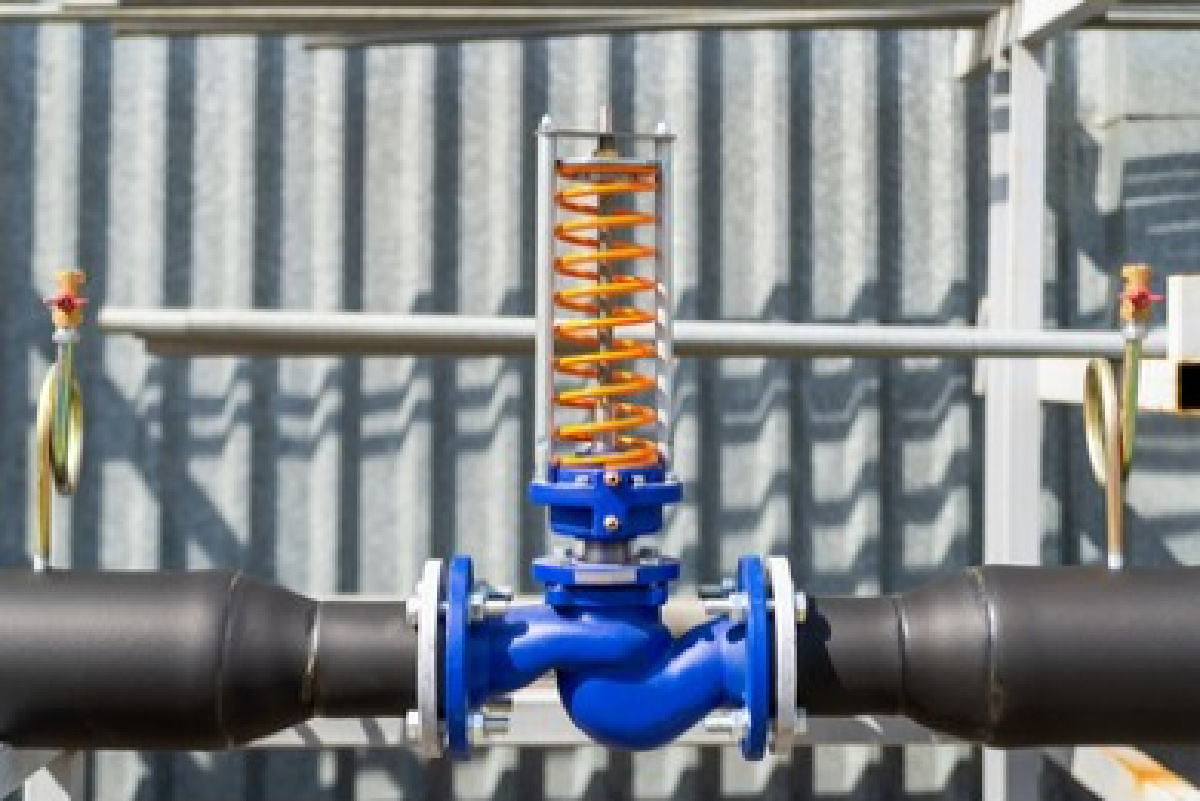Advanced Emergency Relief System Design
Advanced Emergency Relief System Design
OSHA has recognized Design Institute for Emergency Relief System (DIERS) methods as good engineering practice for process safety management of highly hazardous materials. If you’re responsible for the safe handling of the effluent from relief systems, this advanced course will teach you how to apply the DIERS techniques for providing adequate pressure relief for runaway reactions and other pressure-producing events. If you are just starting out, take the basic course on the topic (CH172).
Applying DIERS Technology in Your Facility
This course covers the Design Institute for Emergency Relief Systems (DIERS) techniques for providing adequate pressure relief for runaway reactions and other pressure-producing events that result in two-phase flow. The concepts of DIERS liquid vapor disengagement technology, two phase vapor liquid flow through relief systems, techniques for reactive relief design, and handling of effluent flow are presented.
Each participant receives the texts: Emergency Relief Systems Design Using DIERS Technology (published by AIChE), and Guidelines for Pressure Relief and Effluent Handling Systems (published by CCPS and includes SC Lite computer code license).
Instructor(s)

| AIChE Members | $1,895.00 |
| AIChE Grad Student Members | $947.50 |
| AIChE Undergrad Student Members | $947.50 |
Horizontal Tabs
The 5-day virtual class typically starts at 9:30 am EST and ends 2:30 pm EST. Students should login to the Webex training center 15 minutes before classes start. There will be a half hour lunch break around 12 and short breaks incorporated during class.
The 3-day face-to-face classes typically start at 8:00 am and end at 5:30 pm on days one and two with a one-hour lunch break at noon. The day three class ends at 3:00 pm.
Introduction to Advanced Emergency Relief System (ERS) Design
- DIERS/DIERS Users Group
- Case Histories
- Emergency Relief Requirements -Goals & Strategy
- Physical Properties/Material and Energy Balances
- Impact of Two-Phase Venting
- Codes, Terms, Devices and Rules
Vessel Dynamics – 1
- Introduction to Two-Phase Flow Onset/Disengagement
- Coupling Equation and Vapor/Liquid Disengagement Models
Vessel Dynamics – 2
- Experimental Verification
- Prediction of Two-Phase Flow Onset/Disengagement
Vent Flow Dynamics - 1
- Fundamentals, Terminology, Nomenclature
- Critical Flow Phenomena
- Ideal Flow Models for Nozzles
Vent Flow Dynamics - 2
- Fundamentals - Ideal Flow Models for Pipes
- Code-Compliant Design
- Computations using provided programs
Simplified ERS Design Methods - 1
- Introduction
- Experimental Data Acquisition
- Direct Scaling
Simplified ERS Design Methods - 2
- Analytical Methods
- Example Problem
Computerized ERS Design Methods
- Computer Programs
- SUPERCHEMS for DIERS Computer Program
ERS Effluent Handling
Outline
The 5-day virtual class typically starts at 9:30 am EST and ends 2:30 pm EST. Students should login to the Webex training center 15 minutes before classes start. There will be a half hour lunch break around 12 and short breaks incorporated during class.
The 3-day face-to-face classes typically start at 8:00 am and end at 5:30 pm on days one and two with a one-hour lunch break at noon. The day three class ends at 3:00 pm.
Introduction to Advanced Emergency Relief System (ERS) Design
- DIERS/DIERS Users Group
- Case Histories
- Emergency Relief Requirements -Goals & Strategy
- Physical Properties/Material and Energy Balances
- Impact of Two-Phase Venting
- Codes, Terms, Devices and Rules
Vessel Dynamics – 1
- Introduction to Two-Phase Flow Onset/Disengagement
- Coupling Equation and Vapor/Liquid Disengagement Models
Vessel Dynamics – 2
- Experimental Verification
- Prediction of Two-Phase Flow Onset/Disengagement
Vent Flow Dynamics - 1
- Fundamentals, Terminology, Nomenclature
- Critical Flow Phenomena
- Ideal Flow Models for Nozzles
Vent Flow Dynamics - 2
- Fundamentals - Ideal Flow Models for Pipes
- Code-Compliant Design
- Computations using provided programs
Simplified ERS Design Methods - 1
- Introduction
- Experimental Data Acquisition
- Direct Scaling
Simplified ERS Design Methods - 2
- Analytical Methods
- Example Problem
Computerized ERS Design Methods
- Computer Programs
- SUPERCHEMS for DIERS Computer Program
ERS Effluent Handling
The 5-day virtual class typically starts at 9:30 am EST and ends 2:30 pm EST. Students should login to the Webex training center 15 minutes before classes start. There will be a half hour lunch break around 12 and short breaks incorporated during class.
The 3-day face-to-face classes typically start at 8:00 am and end at 5:30 pm on days one and two with a one-hour lunch break at noon. The day three class ends at 3:00 pm.
Introduction to Advanced Emergency Relief System (ERS) Design
- DIERS/DIERS Users Group
- Case Histories
- Emergency Relief Requirements -Goals & Strategy
- Physical Properties/Material and Energy Balances
- Impact of Two-Phase Venting
- Codes, Terms, Devices and Rules
Vessel Dynamics – 1
- Introduction to Two-Phase Flow Onset/Disengagement
- Coupling Equation and Vapor/Liquid Disengagement Models
Vessel Dynamics – 2
- Experimental Verification
- Prediction of Two-Phase Flow Onset/Disengagement
Vent Flow Dynamics - 1
- Fundamentals, Terminology, Nomenclature
- Critical Flow Phenomena
- Ideal Flow Models for Nozzles
Vent Flow Dynamics - 2
- Fundamentals - Ideal Flow Models for Pipes
- Code-Compliant Design
- Computations using provided programs
Simplified ERS Design Methods - 1
- Introduction
- Experimental Data Acquisition
- Direct Scaling
Simplified ERS Design Methods - 2
- Analytical Methods
- Example Problem
Computerized ERS Design Methods
- Computer Programs
- SUPERCHEMS for DIERS Computer Program
ERS Effluent Handling
Accommodation Instructions
Group rates available through MicroTek Atlanta website (subject to availability and blackout). More info



